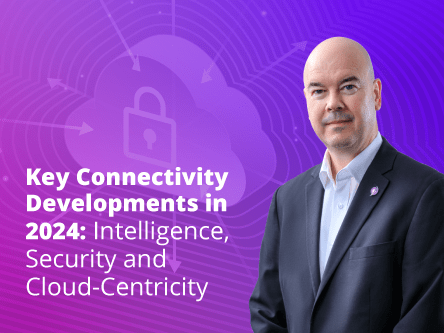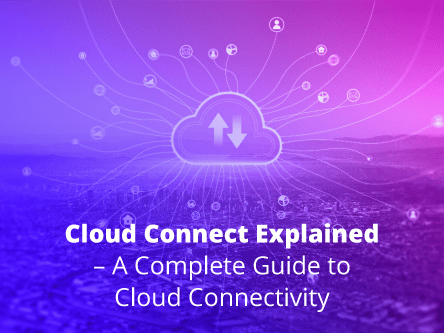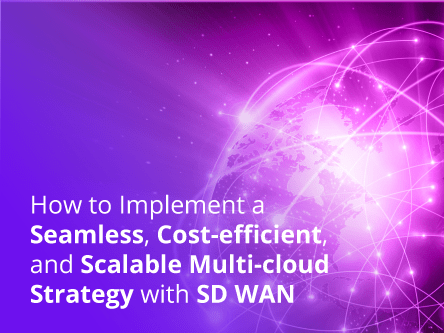Multi-cloud strategies have become widely accepted by enterprises, but the challenge is to maximise its potential in their operations. More and more enterprises have opted for multi-cloud models to avoid vendor lock-in and take advantage of best-of-breed solutions.
With rapid digitalisation in 2020, more enterprises have realised the significance of building agility and flexibility into their operations for business continuity. According to a survey by Flexera, 59% of enterprises have increased their planned cloud usage due to the pandemic, making cloud services a necessity.
However, a key reason that enterprises do not achieve expected return of investment (ROI) in cloud is operational complexity along with the lack of control and visibility.
An end-to-end multi-cloud networking approach can help enhance the enterprise operations and enable them to keep up in a changing market. When choosing a multi-cloud networking provider, enterprises need to look at specific features and capabilities that can enable growth without limits.
Taking Control in the Cloud
Most enterprises do not have the capability to manage the entire multi-cloud environment in-house. It’s far too complex and the hyperscalers do not deliver enterprise-class networking and security. Furthermore, it will require strong knowledge and expertise in the individual cloud providers.
Enterprises are facing a whole range of challenges when it comes to cloud, and that is leading to growing demand for a comprehensive multi-cloud solution:
• Architecture Gap
No single cloud provider can deliver multi-cloud network architecture that supports all enterprise application needs or flexibility to choose.
• Complexity & Skills Gap
Each cloud has unique networking capabilities and limitations, which are require skills and knowledge traditional network engineers lack.
• IT Requirements
Enterprises need the same level of functionality, visibility and control the cloud as they had on-premise.
• Lack of Visibility & Control
Cloud providers don’t expose the detailed operational visibility that enterprise IT requires.
• Limited Security
Significant challenges for enterprises includes: End-to-end encryption for data in motion:
- Secure network segmentation
- Policy-based ingress and egress control
- Corporate and regulatory compliance and governance
• Manual Process
It’s difficult, error prone and resource intensive to manually configure and maintain an enterprise cloud network environment of any significant size.
A New Path Forward
Enterprises need visibility and control in their multi-cloud environment. When choosing a multi-cloud platform, enterprises should look at the benefits offered. These include:
• Speed – Accelerates cloud network deployments to support the pace of business and app owners
• Simplicity – Simplifies cloud network operations through a single pane of glass view of your entire cloud network
• Visibility – Offers visibility into your global cloud network to identify problems and resolve problems quickly
• Control – Delivers a Multi-Cloud Network Architecture with a common network data and operational control plane
With the right cloud networking partner, enterprises can benefit from rapid deployment, expert support and continual transformation in their cloud strategy.
Read more about Epsilon’s multi-cloud solution and speak with our expert to learn how you can accelerate your cloud networking strategy.







